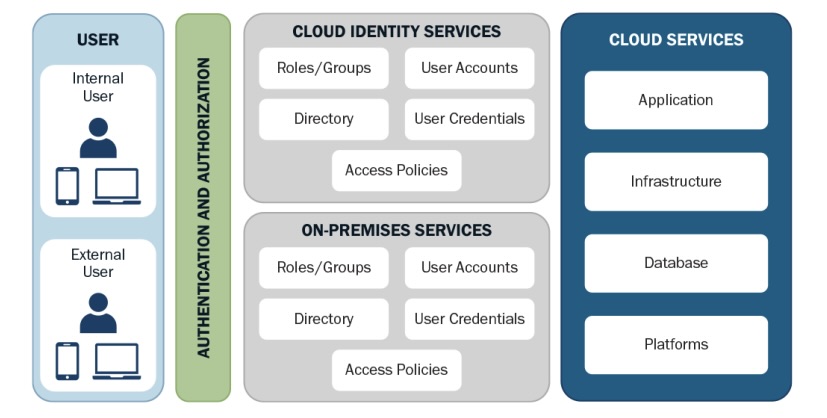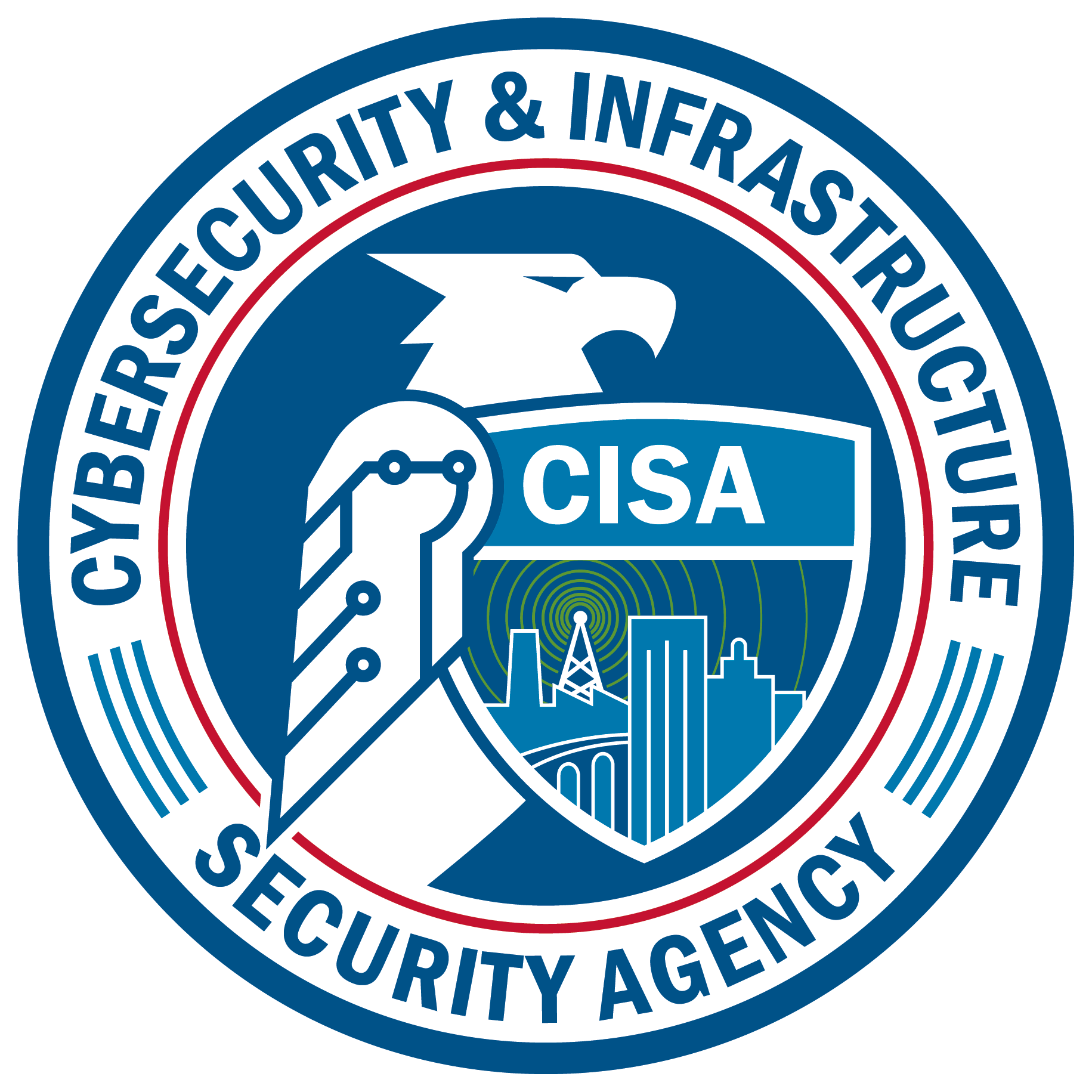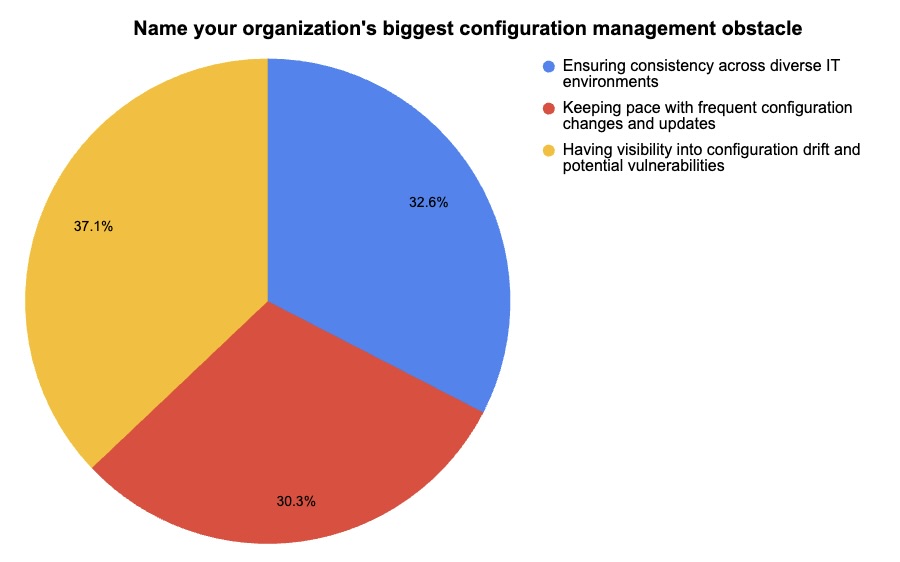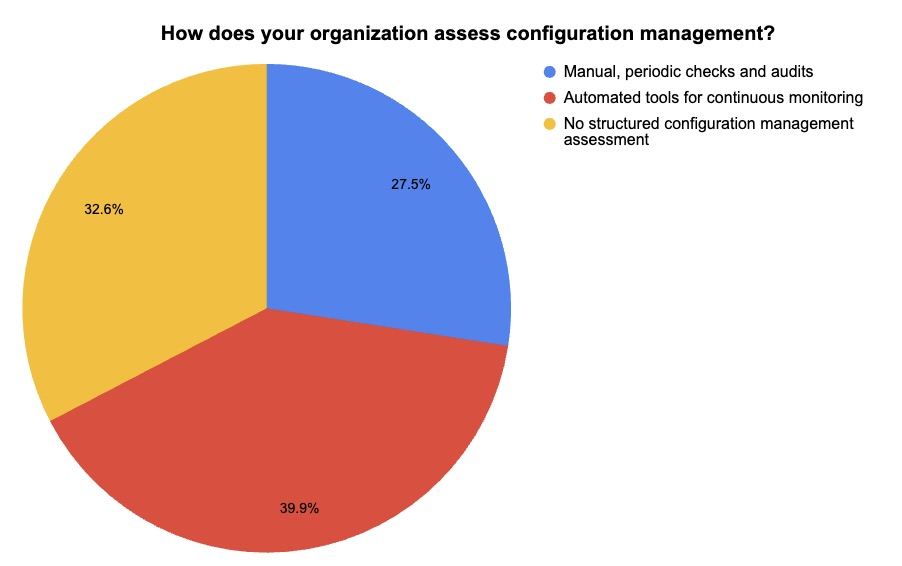Cybersecurity Snapshot: CISA Shines Light on Cloud Security and on Hybrid IAM Systems’ Integration

Check out CISA’s latest best practices for protecting cloud environments, and for securely integrating on-prem and cloud IAM systems. Plus, catch up on the ongoing Midnight Blizzard attack against Microsoft. And don’t miss the latest CIS Benchmarks. And much more!
Dive into six things that are top of mind for the week ending March 15.
1 - Tips for integrating on-prem and cloud IAM systems
Ah, the joys of hybrid environments! So many benefits – and so many security challenges.
Here’s one critical and very common difficulty: Securely meshing the different identity and access management (IAM) systems in your on-premises and cloud environments.
Anyone struggling with this may want to peruse the guide “Hybrid Identity Solutions Guidance” that the U.S. Cybersecurity and Infrastructure Security Agency (CISA) published this week.
The 42-page document seeks to help organizations grasp identity management capabilities; understand the pros and cons of implementation options; and decide how to carry out implementations.
Here are a couple of high-level recommendations from CISA:
- Migrate to cloud-based, passwordless authentication
- Transition from on-prem federation approaches to a cloud-primary authentication approach
Topics addressed in the guide include:
- Hybrid identity architecture and model
- Federated authentication
- Pass-through authentication
- Cloud-primary authentication
- Multi-factor authentication
- Context-based access control
Hybrid Identity Architecture

(Credit: CISA)
For more information about IAM security, check out these Tenable resources:
- “Why You Need Contextual Intelligence in the Age of Identity-First and Zero Trust Security, and How to Get It Now” (on-demand webinar)
- “Identities: The Connective Tissue for Security in the Cloud” (blog)
- “Strengthen the Effectiveness of Your Identity Security Program with Zero Trust Maturity” (on-demand webinar)
- “Identity has breached the ecosystem” (white paper)
- “Poor Identity Hygiene at Root of Nation-State Attack Against Microsoft” (blog)
2 - Midnight Blizzard swiped Microsoft’s source code, broke into its internal systems
And the news about Midnight Blizzard’s cyberattack against Microsoft keeps getting worse. Here’s the latest: The nation-state hacking group accessed Microsoft source code repositories and breached internal systems – and the attack is ongoing.
So said Microsoft last week in an update about the Midnight Blizzard debacle, which began in November 2023, after the hackers compromised a legacy, non-production test account that lacked multi-factor authentication protection.
Microsoft disclosed the attack in January, saying then that Midnight Blizzard had exfiltrated information from some employee email accounts, including from senior leaders and from cybersecurity and legal staffers.

In last week’s update, Microsoft said that Midnight Blizzard, which is backed by the Russian government’s Foreign Intelligence Service (SVR), is actively trying to exploit stolen “secrets” shared via email between Microsoft and some customers.
According to an Associated Press article, the stolen information includes “cryptographic secrets” such as passwords, certificates and authentication keys.
“A company spokesman would not characterize what source code was accessed and what capability the hackers gained to further compromise customer and Microsoft systems,” reads the AP article titled “Microsoft says it hasn’t been able to shake Russian state hackers.”
“We should all be furious that this keeps happening,” Tenable CEO and Chairman Amit Yoran told the AP. “These breaches aren’t isolated from each other and Microsoft’s shady security practices and misleading statements purposely obfuscate the whole truth.”
In a LinkedIn post, Yoran further added that “Microsoft continues to obfuscate and drip feed the truth from its executive email hack” and predicted that it’ll likely take “several months before the full story is known.”
For more information about Midnight Blizzard, which is also known as Nobelium, Cozy Bear and APT29, and about the Microsoft attack:
- “CISA, NCSC issue cloud security advisory on Russia-backed APT29” (Tenable)
- APT29 (MITRE)
- “Microsoft email breach: Attackers accessed internal systems, source code” (CSO)
- “Russian hackers breached Microsoft, HPE corporate mailboxes” (Help Net Security)
- “Hackers backed by Russian government reportedly breached US government agencies” (The Verge)
3 - CISA and NSA outline best practices for cloud security
Securing cloud environments can be a thorny endeavor, which is why cybersecurity teams can’t get enough insights and advice about this topic. If you want a fresh influx of cloud security tips, check out a handful of new guides from the U.S. National Security Agency (NSA) and CISA.
These five “cybersecurity information sheets,” as CISA calls them, not only include best practices but also recommended mitigations for areas including cloud IAM; keys management; network segmentation and encryption; and data protection.
“CISA and NSA encourage all organizations to review the practices and implement the mitigations provided in the joint CSIs to help strengthen their cloud security,” reads the joint statement “CISA and NSA Release Cybersecurity Information Sheets on Cloud Security Best Practices.”

Ready to dive in? Here are the links to the documents:
- Use Secure Cloud Identity and Access Management Practices
- Use Secure Cloud Key Management Practices
- Implement Network Segmentation and Encryption in Cloud Environments
- Secure Data in the Cloud
- Mitigate Risks from Managed Service Providers in Cloud Environments
For more information about cloud security trends and best practices, check out these Tenable resources:
- “Beyond the Horizon: Top 5 Cloud Security Trends to Watch in 2024” (blog)
- “When, Why and How Your Security Team Needs to Harness the Power of CNAPPs” (on-demand webinar)
- “Level Up Your Cloud Security Strategy” (blog)
- “Strategies, Solutions and Best Practices for Optimizing Your Cloud Environment -- A Cloud Security Master Class” (on-demand webinar)
- “Cloud Leaders Sound Off on Key Challenges” (blog)
4 - Poll: A quick check on configuration management practices
During our recent webinar about vulnerability management, we polled attendees about configuration management. Check out what they said about their configuration-management challenges and assessment methods.

(178 respondents polled by Tenable, March 2024)

(193 respondents polled by Tenable, March 2024)
Want to take a deeper dive into configuration management within a vulnerability management context? Watch the webinar on-demand!
5 - CIS updates Benchmarks for Azure, Windows, Intune
The latest updates to the Center for Internet Security’s CIS Benchmarks are out, and they include new recommendations to securely configure Microsoft Azure, Microsoft Intune and Microsoft Windows.
Specifically, these CIS Benchmarks were updated in February:
- CIS Microsoft Azure Foundations Benchmark v2.1.0
- CIS Microsoft Intune for Windows 10 Benchmark v3.0.0
- CIS Microsoft Intune for Windows 11 Benchmark v3.0.0
- CIS Microsoft Windows 10 Enterprise Benchmark v3.0.0
- CIS Microsoft Windows 11 Enterprise Benchmark v3.0.0

CIS Benchmarks are secure configuration guidelines intended to harden products against cyberattacks. Currently, CIS offers more than 100 Benchmarks for 25-plus vendor product families.
There are CIS Benchmarks for cloud provider platforms; databases; desktop and server software; mobile devices; operating systems; and more.
To get more details, read the CIS blog “CIS Benchmarks March 2024 Update.” For more information about the CIS Benchmarks list, check out its home page, as well as:
- “How to use CIS benchmarks to improve public cloud security” (TechTarget)
- “How to Unlock the Security Benefits of the CIS Benchmarks” (Tenable)
- “CIS Benchmarks Communities: Where configurations meet consensus” (Help Net Security)
- “CIS Benchmarks: DevOps Guide to Hardening the Cloud” (DevOps)
CIS Benchmarks (CIS)
6 - CISA’s security attestation form for tech vendors is ready
Looking to sharpen and update the cybersecurity questionnaire your organization makes prospective software vendors fill out? If so, you might want to take a look at CISA’s “Secure Software Development Attestation Form,” which was finalized and released this week.
The form, which software vendors selling to the U.S. federal government will have to submit, covers four software development practices:
- Developing the software in a secure environment where, for example, multi-factor authentication is required and sensitive data is encrypted
- Protecting source code supply chains by using automated tools to assess the security of in-house and third-party code components, and to manage their vulnerabilities
- Tracking the origins of their products’ in-house code and third-party components
- Continuously checking for and addressing software vulnerabilities

“We envision a software ecosystem where our partners in state and local government, as well as in the private sector, also seek these assurances and leverage software that is built to be secure by design,” reads a blog by Federal CISO Chris DeRusha and CISA Executive Assistant Director Eric Goldstein.
To get more details:
- Check out the “Secure Software Development Attestation Form”
- Read the blog “Biden Administration Takes Step to Ensure Secure Development Practices”
For more information about assessing the security practices of prospective software vendors:
- “5 Key Questions When Evaluating Software Supply Chain Security” (Dark Reading)
- “Commercial Software Assessment Guideline” (University of California Berkeley)
- “SaaS and Third-Party Risk: Is Your Organization Asking the Hard Questions?” (Dark Reading)
- “Third-party risks: How to reduce them” (SC Magazine)
- “US government software suppliers must attest their solutions are secure” (Help Net Security)
- Active Directory
- Exposure Management
- Active Directory
- Center for Internet Security (CIS)
- Cloud
- Cybersecurity Snapshot
- Exposure Management
- Government


